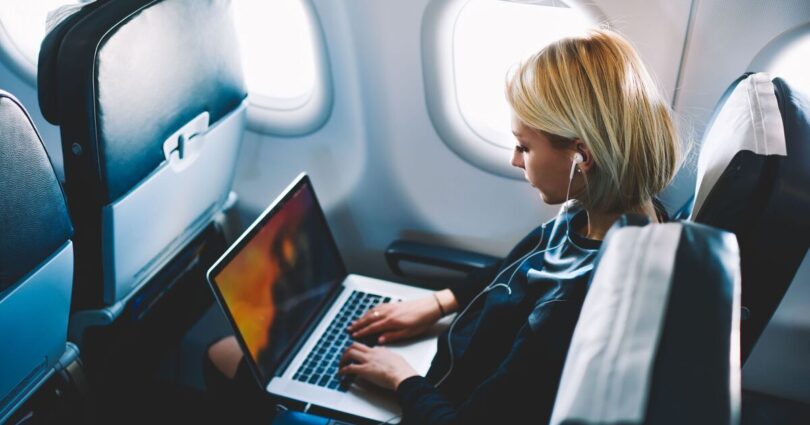1. Double-check the network name
One common trick used by hackers is creating fake networks with names that look similar to the airline’s official Wi-Fi.
Clicking on the wrong network can allow criminals to steal your information.
“Hackers can set up fake Wi-Fi networks with names almost identical to the airline’s,” Mr Carrol warned.
He added: “When in doubt, ask airline staff. They’ll know the correct network and can alert you if something suspicious is happening.”
2. Use a VPN but expect interruptions
A Virtual Private Network (VPN) is a great way to add an extra layer of security, encrypting your browsing activity.
However, in-flight Wi-Fi can be unreliable, and your VPN may not work consistently.
“While your VPN might drop occasionally, it’s still better than nothing,” Mr Carrol said.
He added: “Turn it on before connecting and try to keep it active, especially when accessing private accounts or financial information.”
3. Stick to secure sites
Carrol stressed the importance of using secure websites while connected to in-flight Wi-Fi.
He said: « Look for the ‘HTTPS’ at the start of a website address, as it indicates the site is secure.
“That extra ‘S’ means secure and prevents hackers from intercepting the information you enter, like passwords or payment details.”
4. Avoid downloading files mid-flight
Downloading files while in the air may seem harmless, but it can open you up to risks if the network isn’t secure.
“If you’re downloading a book, that’s fine,” Carrol said. “But sensitive files, like work documents or bank statements, should wait until you’re back on a trusted network.
“Save them to your device before take-off if you need them during the flight.”
Source link








